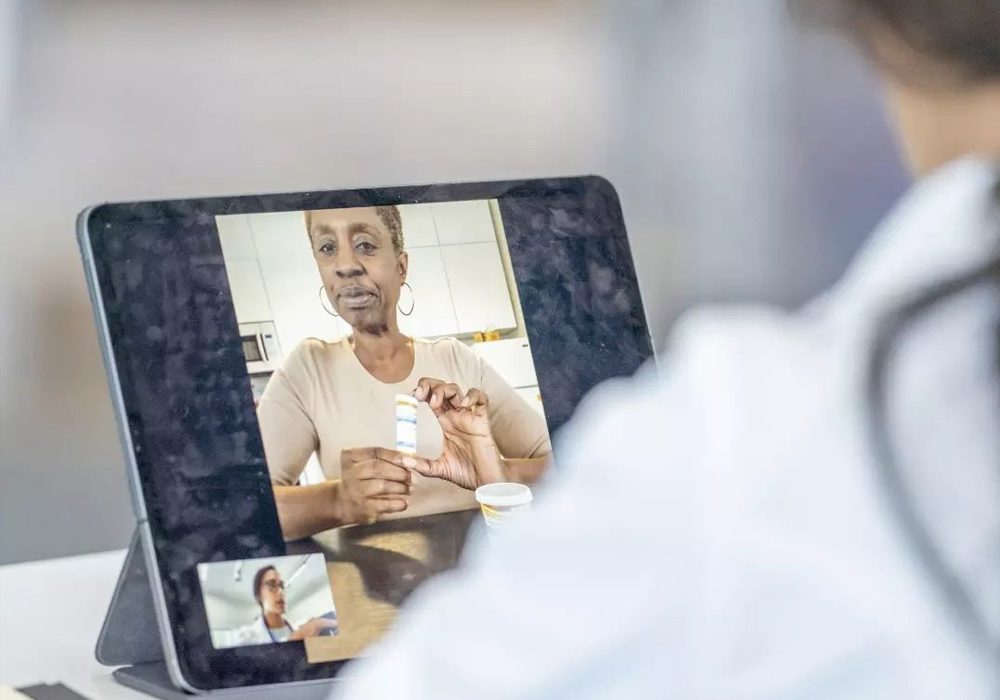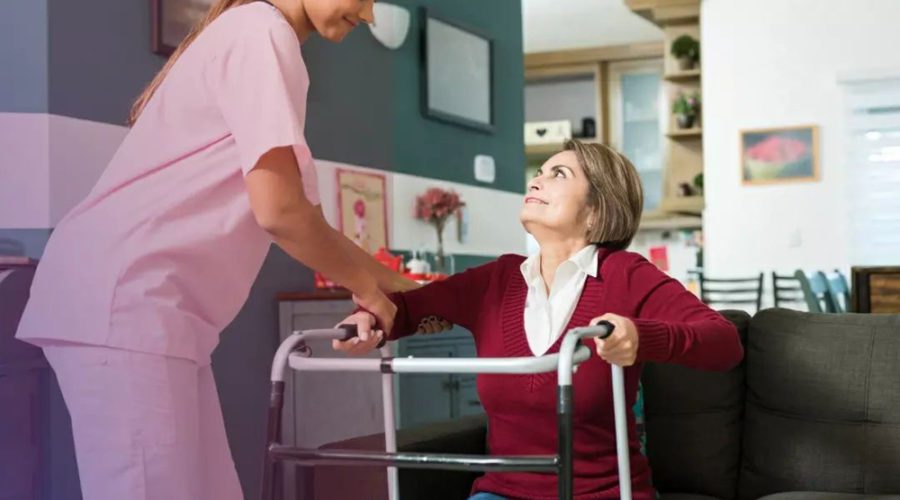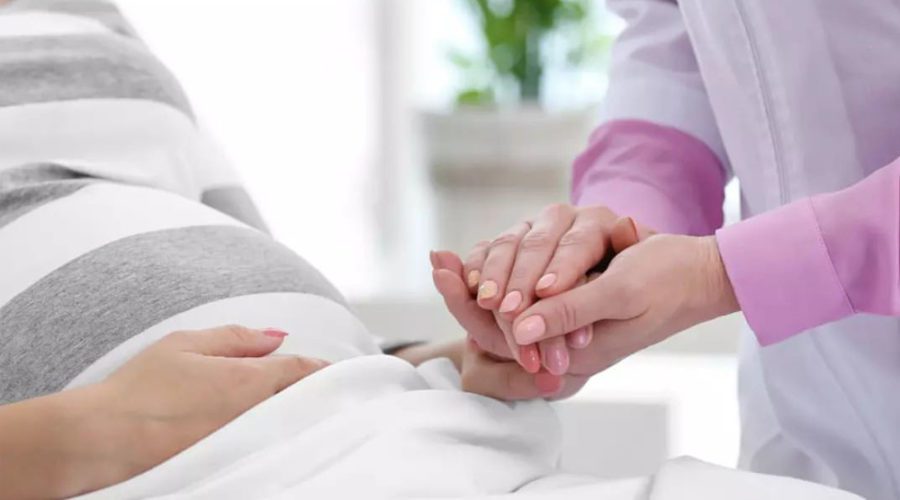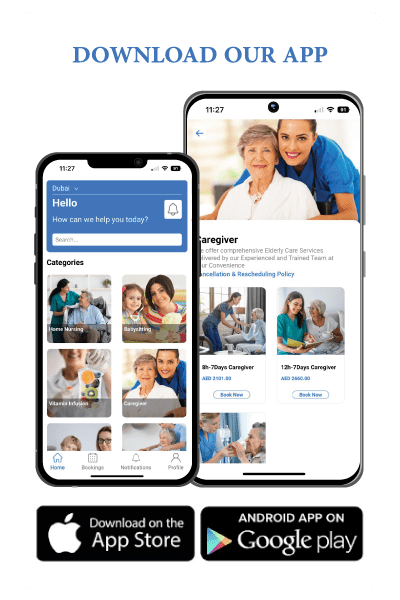Coming out of COVID, it’s obvious that individuals want to be in charge of their entire healthcare experience. And it revolves around their homes and the neighborhood. But regrettably, returning home after being treated is easier said than done.
Most family nannying services and those who provide care in the patient’s home lack the technology to communicate with the extended care team about their progress. Additionally, a growing percentage of persons with chronic diseases require ongoing communication with their doctors rather than episodic care to maintain in home health care.
If you’re not feeling well or anything isn’t right, you can press the nurse call button in a hospital. That needs to be replicated remotely, and caregivers need to be informed.
The final step is to empower everyone who regularly interacts with a patient’s bedside to proactively communicate information to coordinate care. Due to the availability of these resources, care is provided. What does it entail for your home to match those resources?
What Healthcare Technologies is needed to Streamline Home Nursing Services?
Virtual care, remote patient monitoring, and interaction have made significant strides. However, the technology that unifies it will require the most investment. For instance, the consultants, whether they work for a hospital or a clinic, need the appropriate facilities to monitor what is happening outside the health center and activate physical and virtual services.
Personal care, companion care, house calls, food delivery, home modifications, and durable medical equipment may all be a part of that treatment. The market is big and dispersed. Therefore, it is essential to have the technology to put everything together at the push of a button.
In the future, care will be given in three different settings: in your living room, online through telehealth technology, and in high-quality facilities. Every home will need to function as a formalized care setting within the next five to ten years (for instance, a primary care clinic or hospital), and physicians must be prepared to offer care in this environment.
The creation of home health care models cannot be accomplished in a one-size-fits-all approach. You must work together with hospital finance and contracting departments, funders, and your target patient demographics.
Healthcare at home has gained popularity over the last year, and this trend is here to stay. We’ve seen that care is more economical, convenient, and comfortable when the home is the focal point of care.
What Function Do Technologies for Remote Patient Monitoring and Interaction Serve?
Tools for remote patient monitoring provide visibility between visits to the doctor and serve as an early warning system. They strengthen the ties or interactions between the individual and the healthcare system.
Setting up the systems to activate, track, and manage care outside the hospital is crucial if you’re a typical healthcare provider company. To detect functional, behavioral, and social health requirements, it is essential to remotely monitor, engage patients, and produce home-based insights.
While most facilities provide tracking, surveillance, and analytics, one-way visibility is insufficient. Text-based patient check-ins, for instance, can be used to obtain feedback in real time and control the incident, assisting patients in remaining at home safely.
Across the nation, healthcare institutions are battling burnout and a lack of qualified employees. They must figure out how to expand their reach inside the home without further taxing workers to manage the transition to home-based care. One approach to meeting that challenge is through technology.









